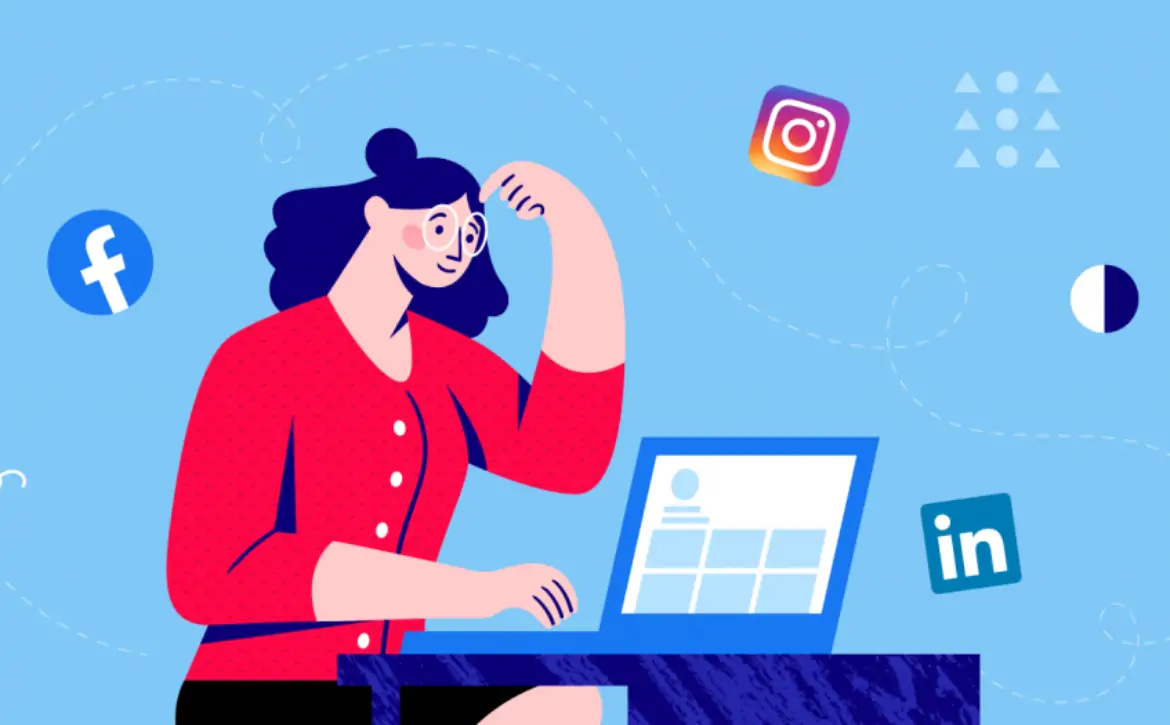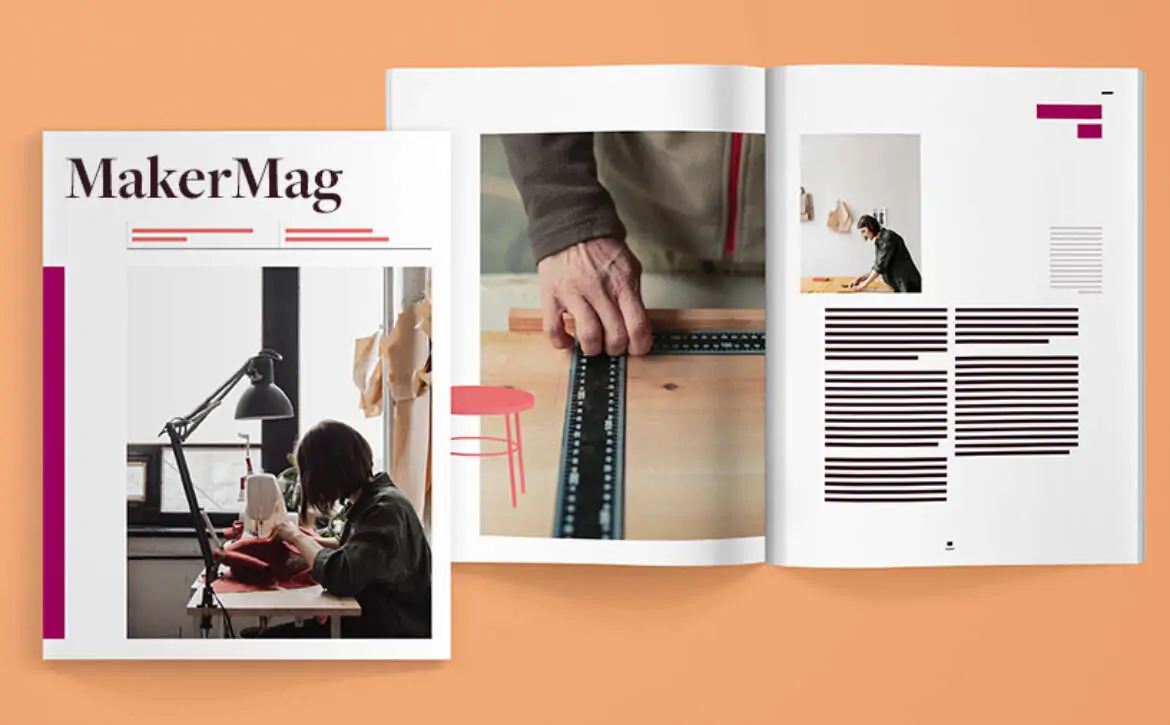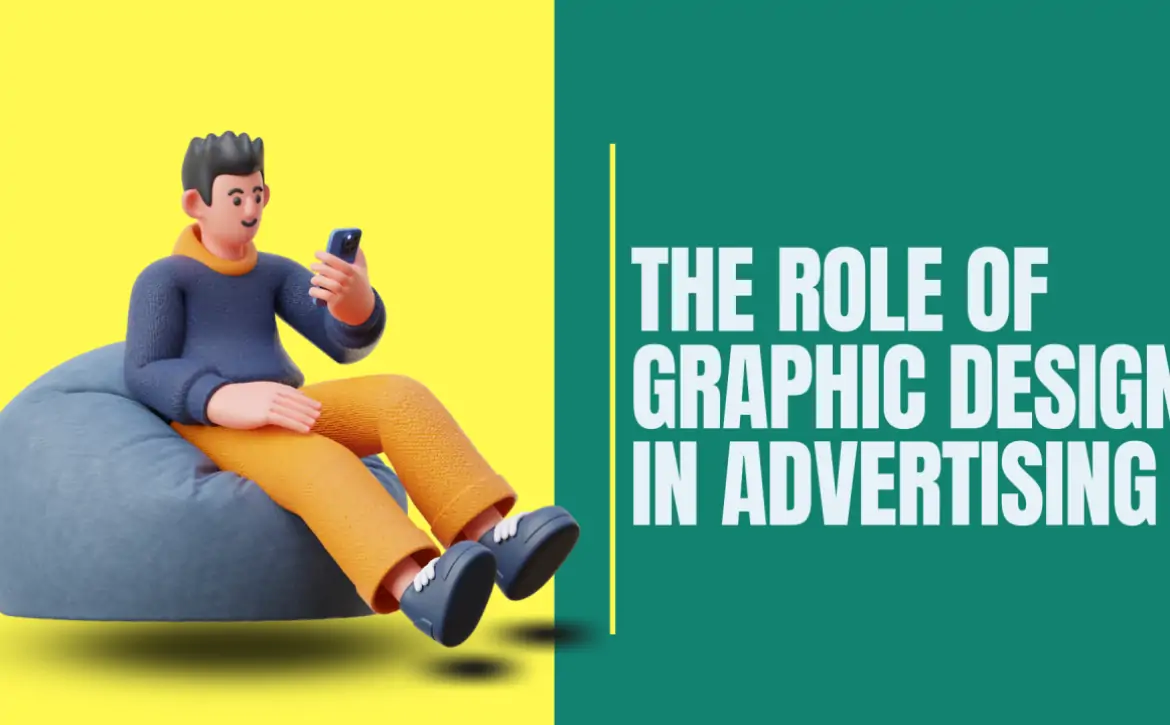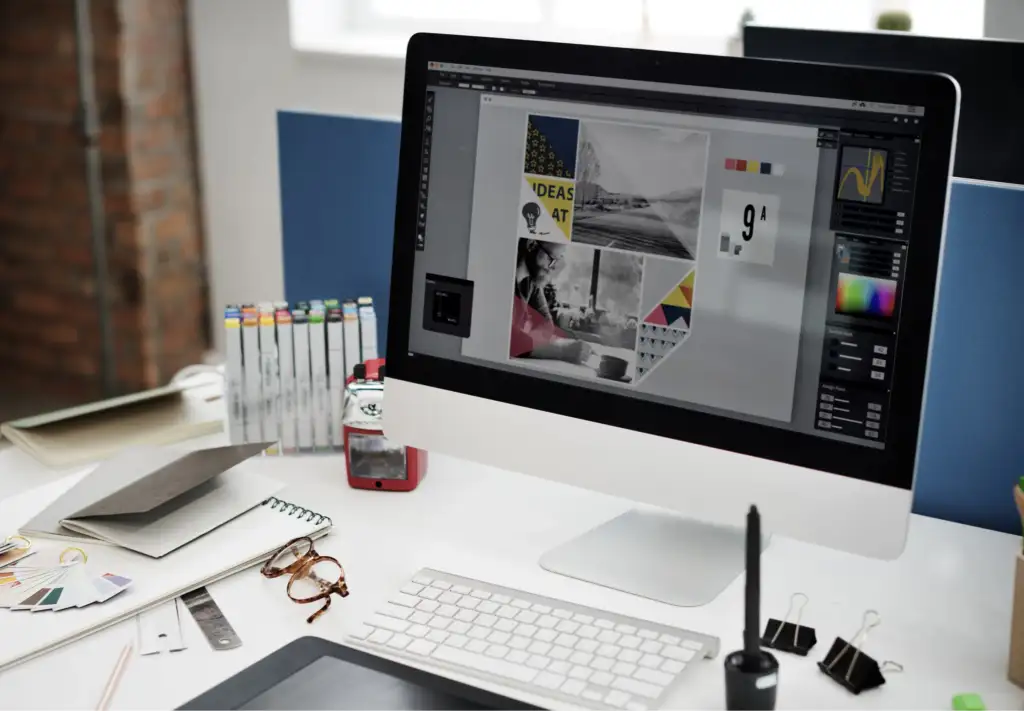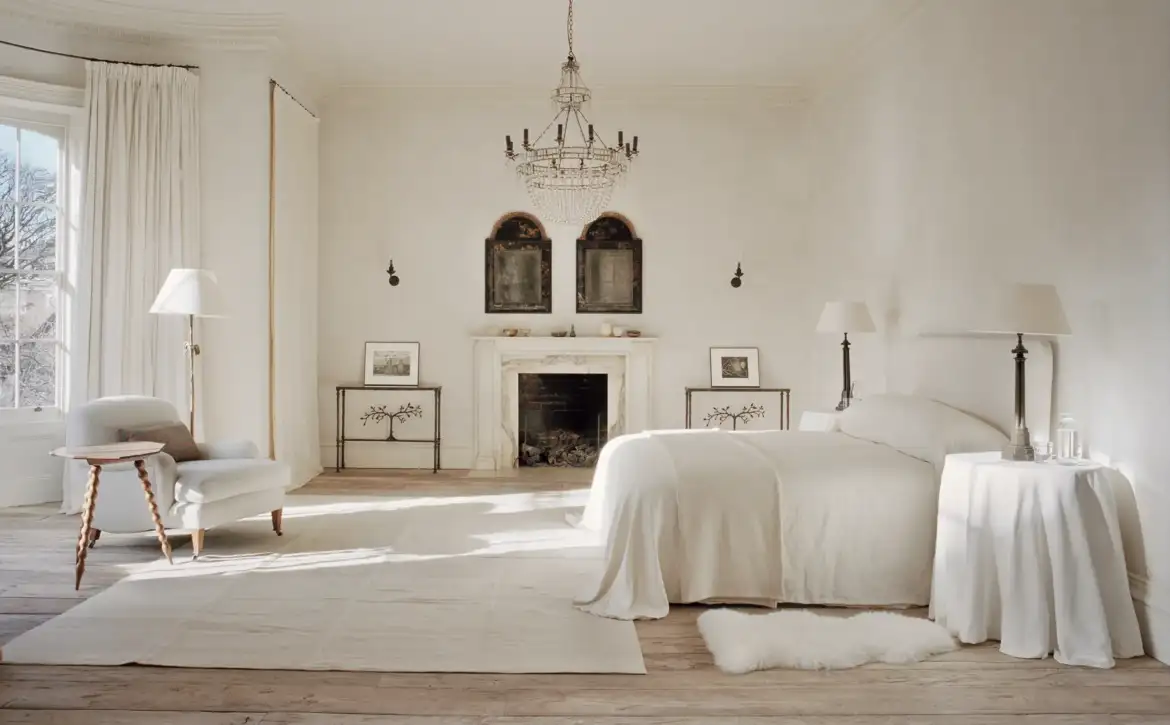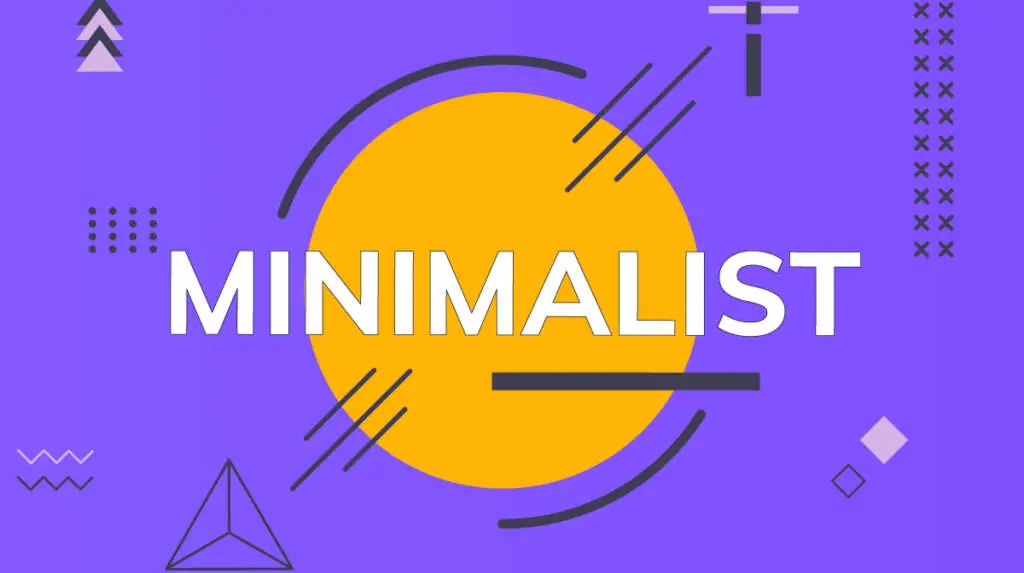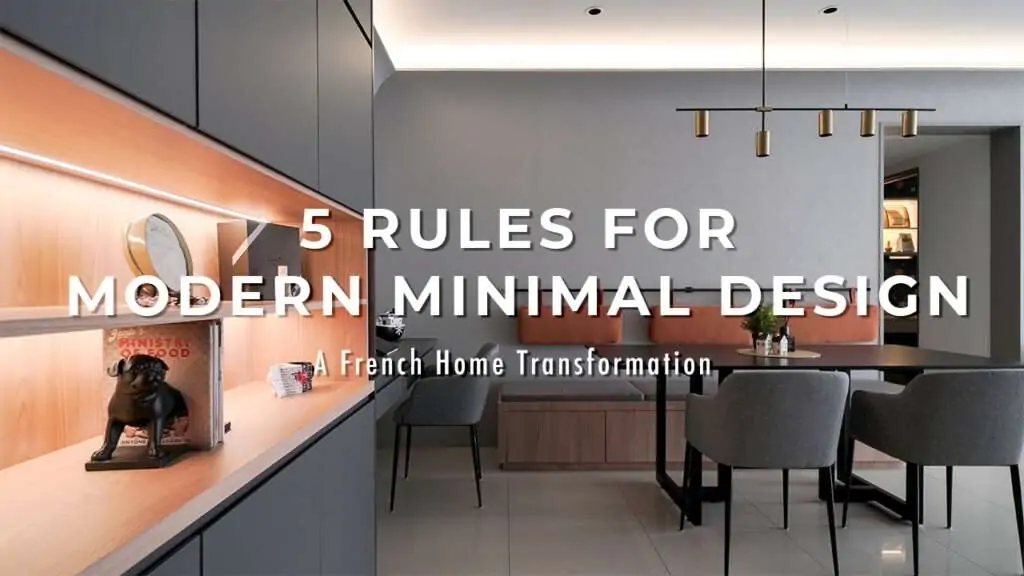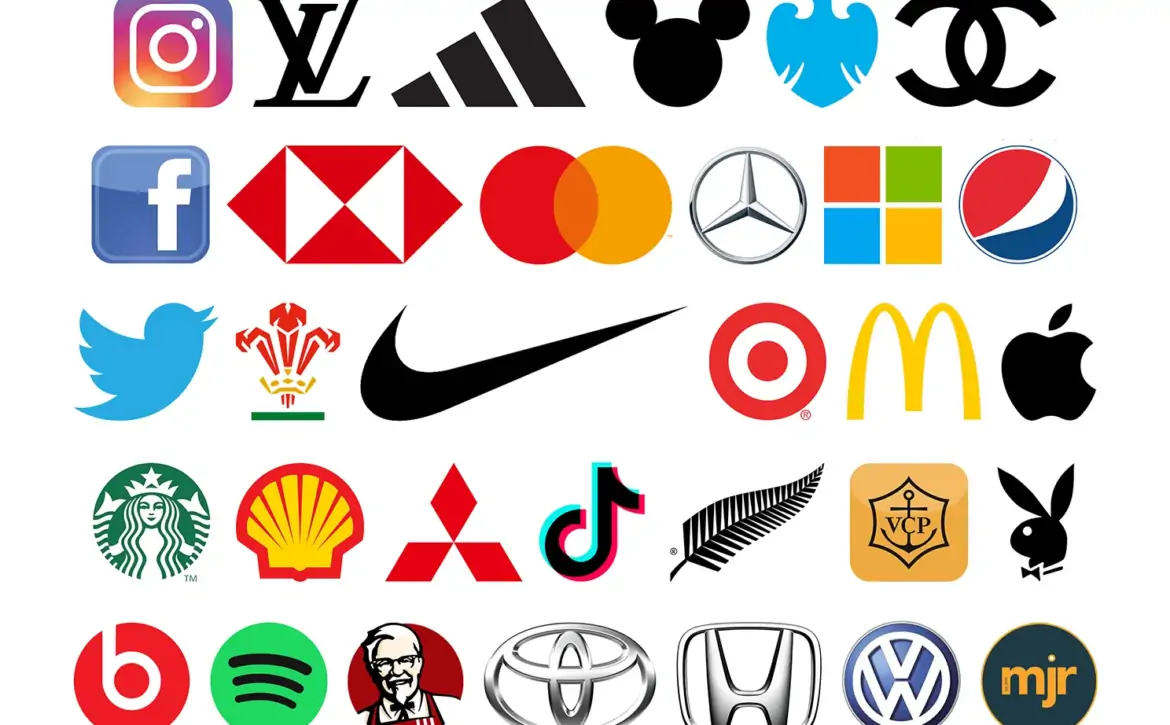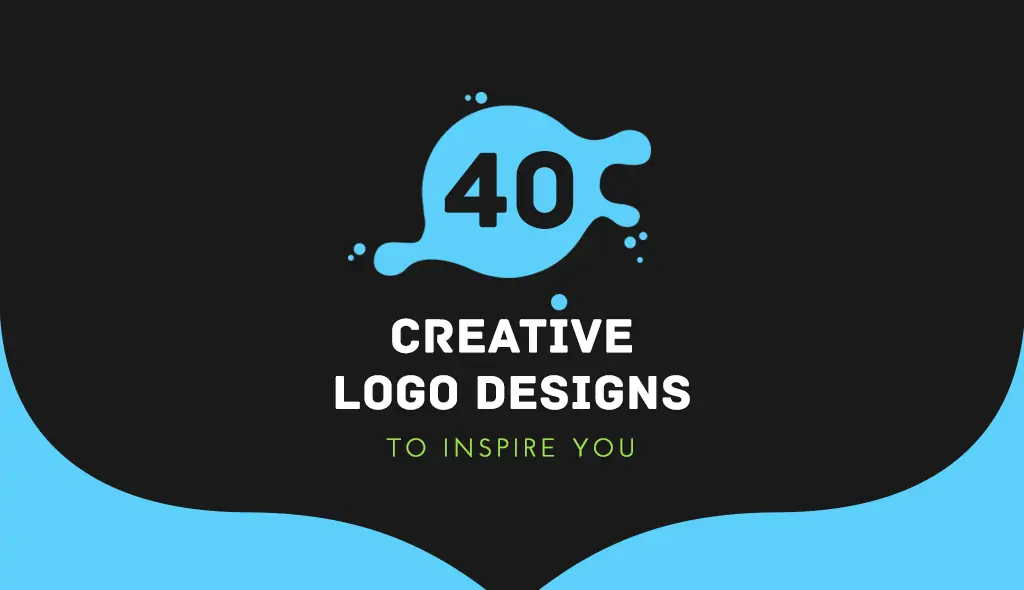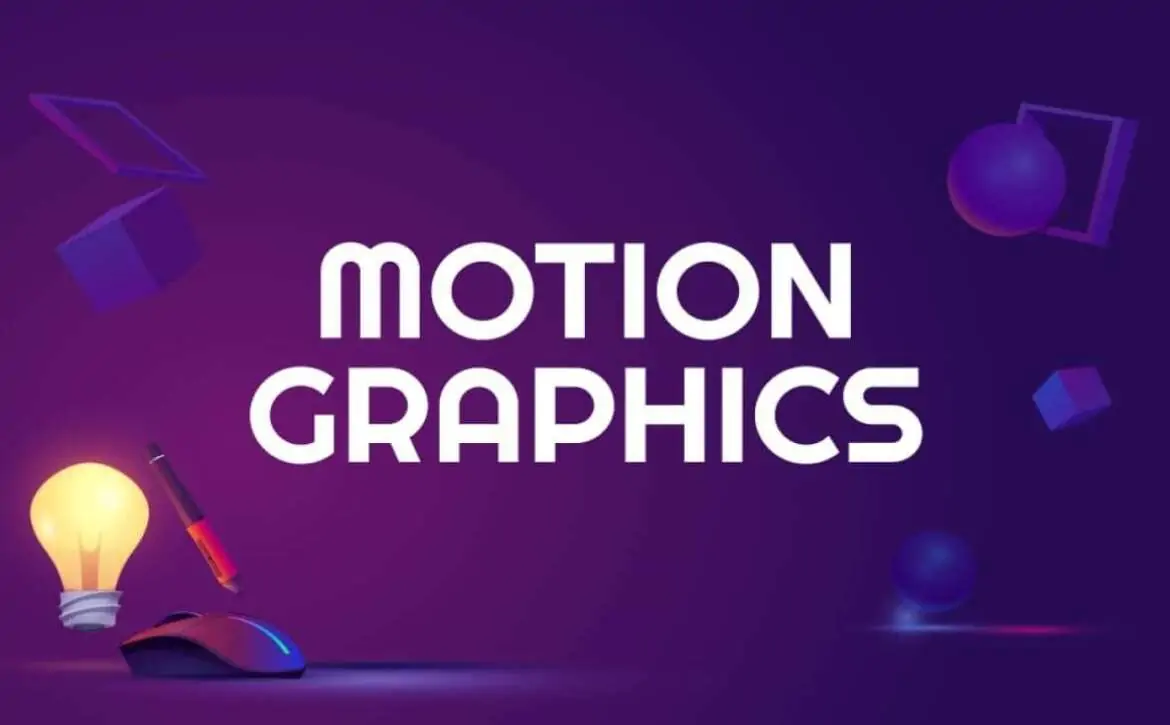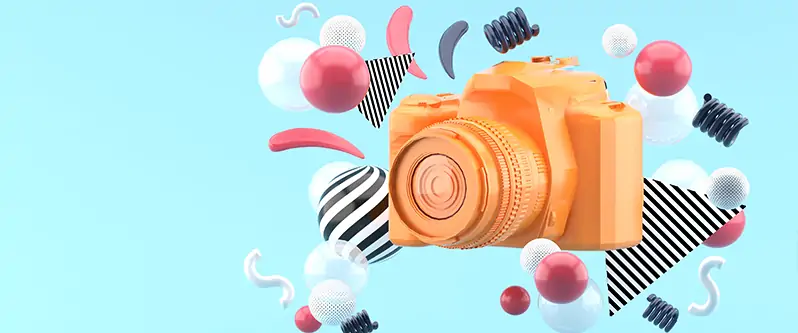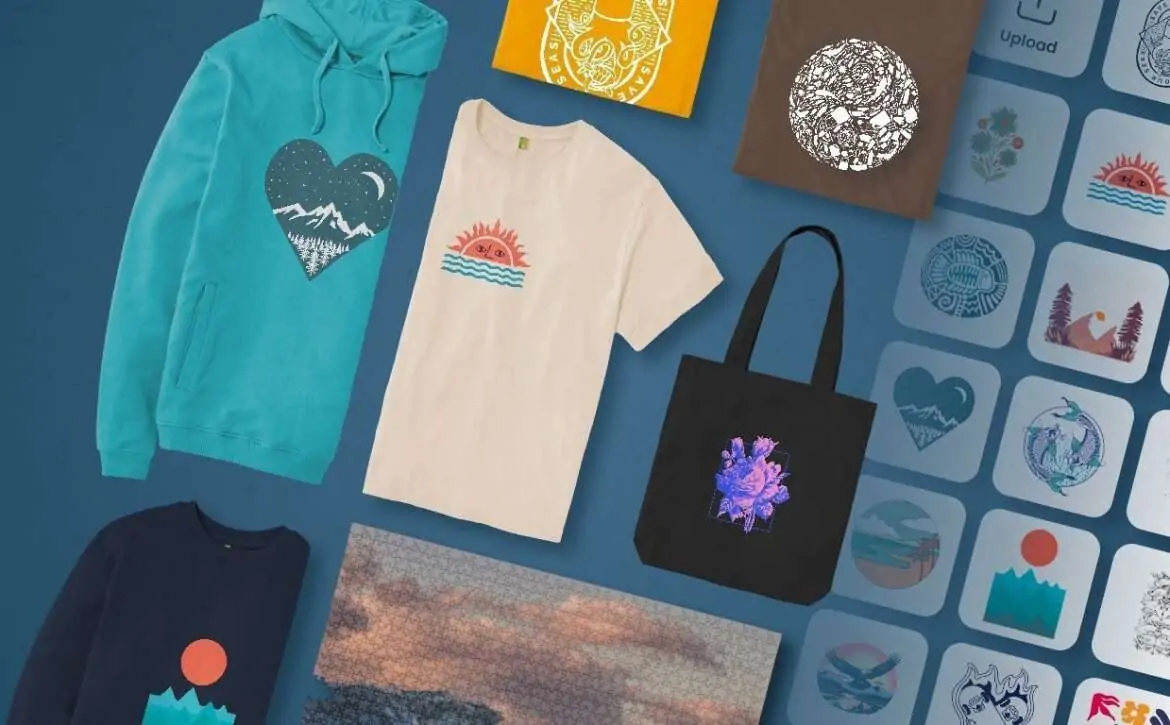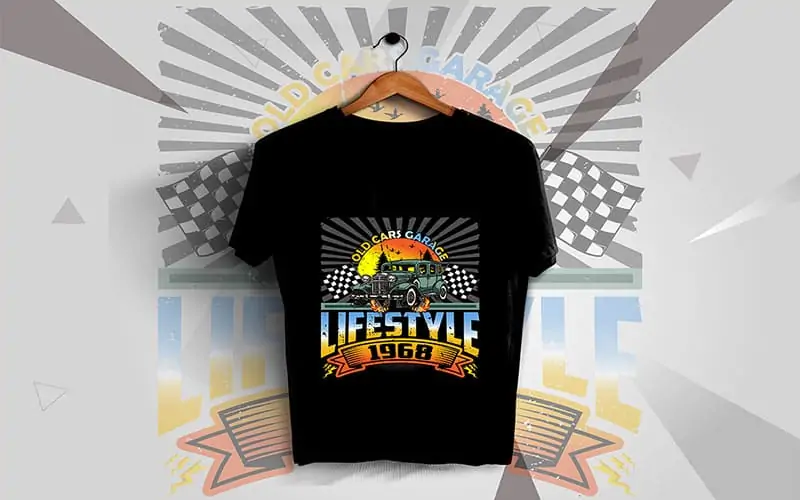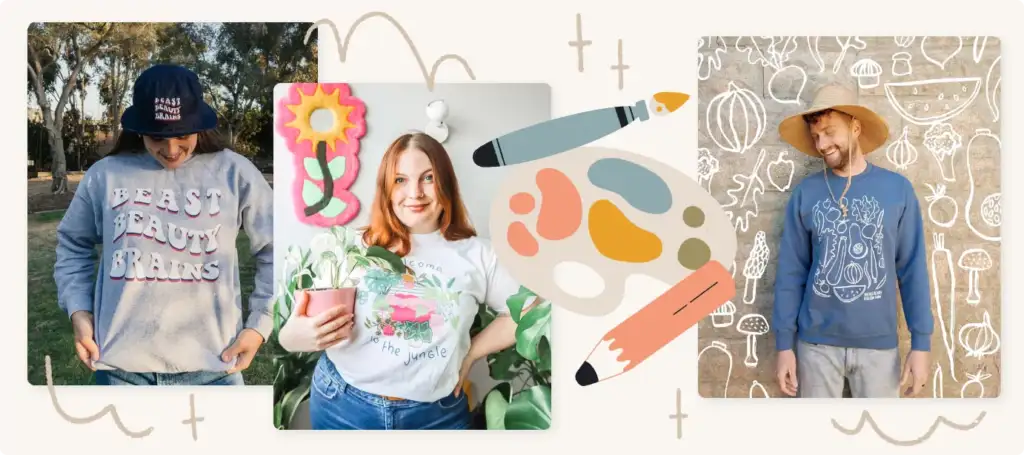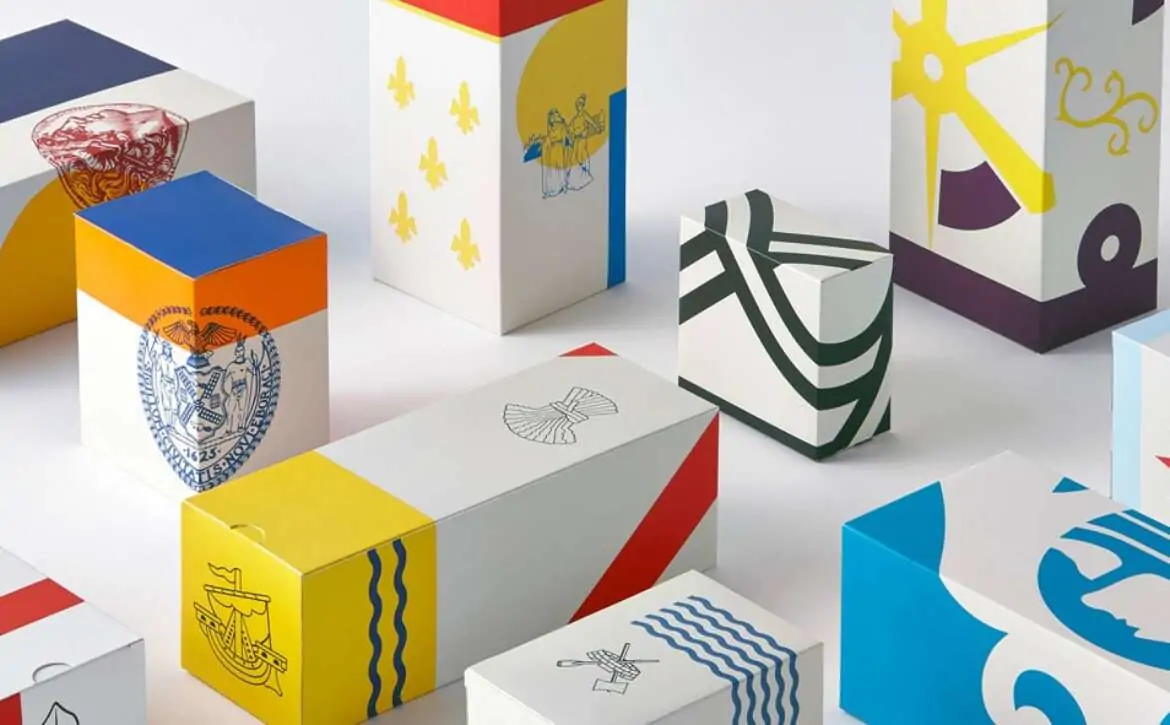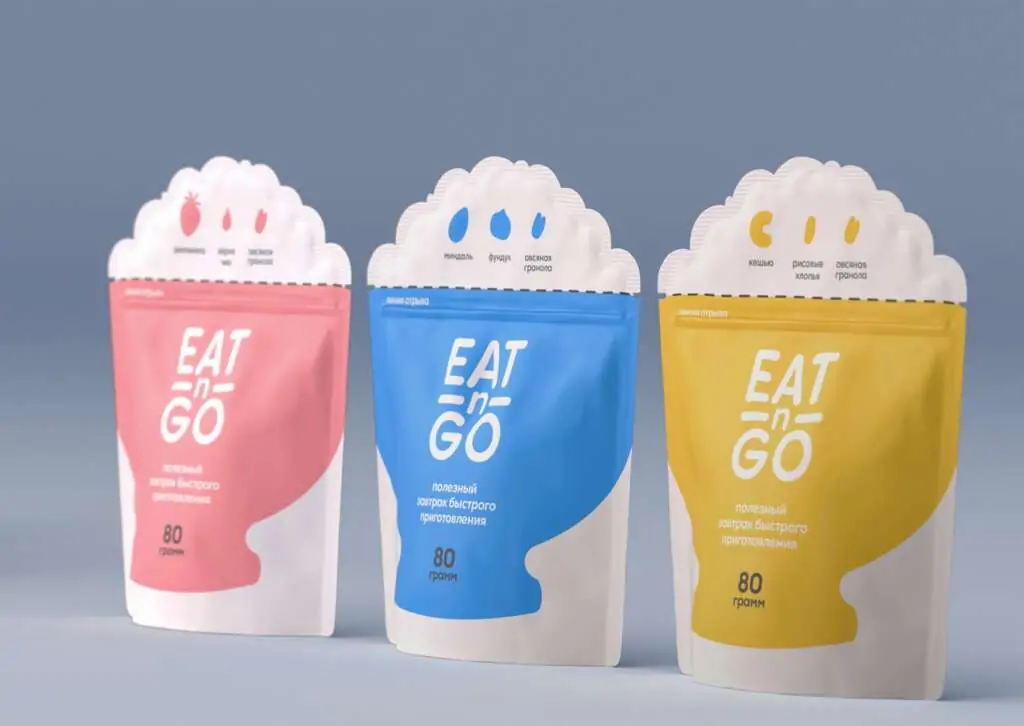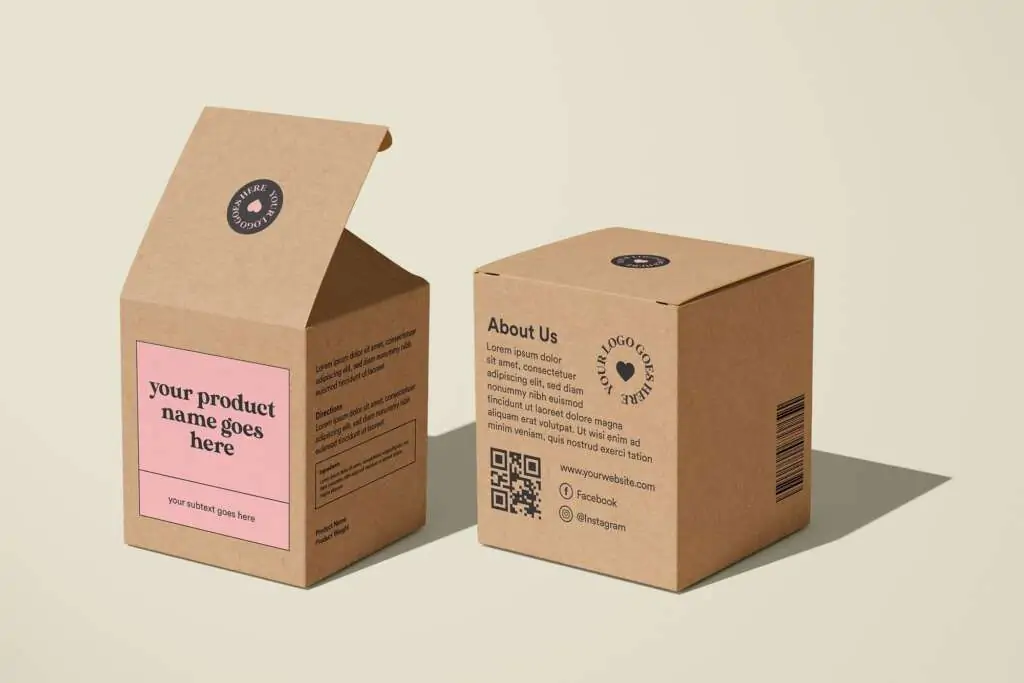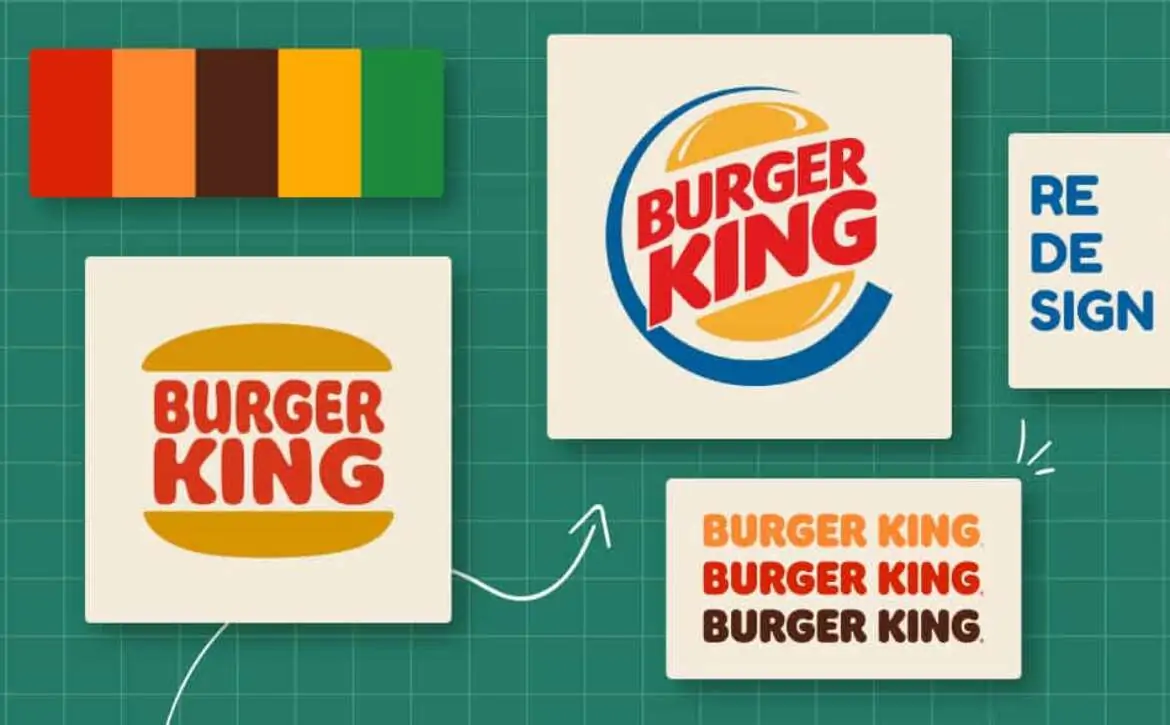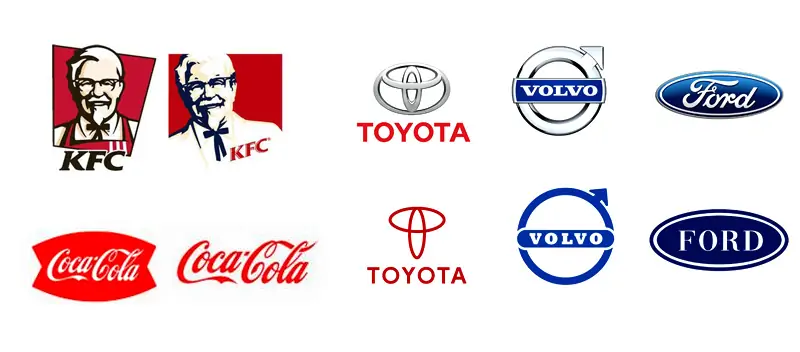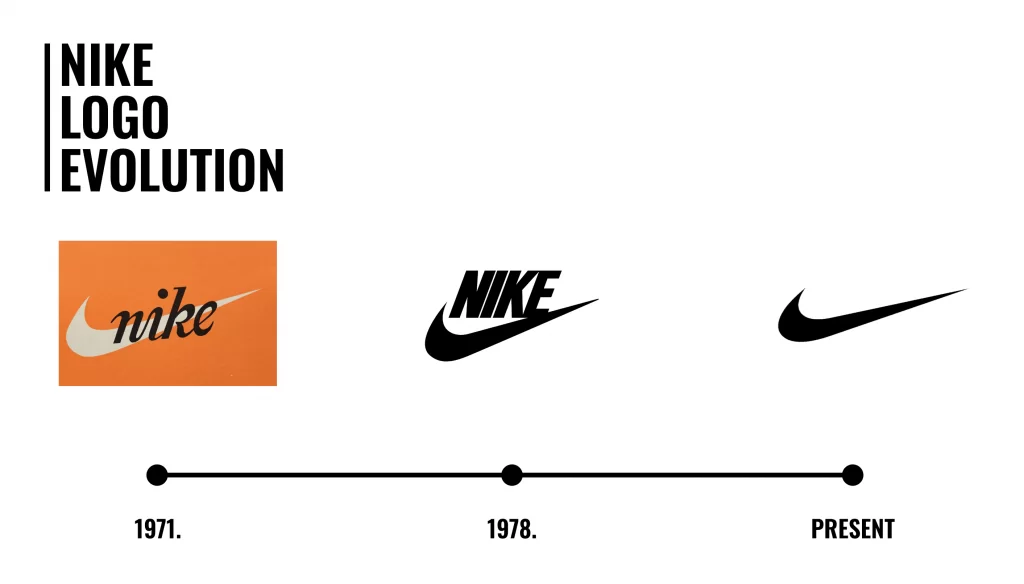Contemporary Graphic Design and Nature-Inspired Creativity
In the ever-evolving landscape of graphic design, a powerful and enriching force has emerged, drawing inspiration from the very essence of the world around us – nature. As we navigate the complexities of contemporary graphic design, the marriage of artistic ingenuity and the timeless beauty found in nature’s palette offers a fresh and sustainable perspective. This article explores how nature-inspired design not only enhances the aesthetic appeal of graphic creations but also fuels a deeper connection with the audience while contributing to a more environmentally conscious design ethos.
Embracing Nature’s Palette: The Colorful Symphony of Inspiration
Nature presents us with an exquisite palette of colors, harmoniously blended to create stunning landscapes. Contemporary graphic designers are harnessing this wealth of inspiration to infuse their creations with a sense of tranquility, balance, and visual allure. Earthy tones, vibrant greens, calming blues, and soft neutrals inspired by natural elements can transform a design, evoking emotions and establishing a connection with the viewer. The choice of color becomes a strategic tool, conveying not just aesthetics but also the brand’s personality and values.
“Sustainability isn’t just a trend; it’s a responsibility. Incorporating nature’s beauty and principles into design isn’t just aesthetically pleasing; it’s a powerful way to connect with audiences on a deeper level and demonstrate environmental consciousness.”
– Jessica Walsh, Co-founder & Principal, &Walsh

Organic Shapes and Patterns: A Dance of Fluidity and Movement
Nature is replete with organic shapes and patterns that captivate the human eye. In modern times graphic design, integrating these natural forms brings a sense of fluidity and movement to the visual narrative. Leaves, flowers, waves, or intricate patterns inspired by the natural world can be seamlessly woven into designs, creating a dynamic and visually engaging experience. This infusion of organic elements adds layers of meaning and visual interest, making the design more than just a static composition.
Sustainability Messaging: Nature’s Influence on Eco-Conscious Design
In an era where sustainability is at the forefront of societal consciousness, nature-inspired design aligns seamlessly with eco-conscious messaging. Graphic designers are incorporating images of renewable energy sources, eco-friendly symbols, and depictions of balanced ecosystems to reinforce a brand’s commitment to environmental responsibility. This not only resonates with environmentally conscious consumers but also establishes a positive brand image as a steward of nature.
Biophilic Design Elements: Bringing the Outdoors In
Biophilic design, rooted in the integration of nature into the built environment, extends its influence into Present-day graphic design. Graphic elements that emulate natural textures, images of landscapes, or patterns inspired by the outdoors contribute to a sense of connection with the natural world. The introduction of biophilic elements in graphic design has been associated with improved well-being, creating visually inviting and calming experiences for the audience.
Photography and Natural Imagery: Crafting Authentic Connections
The power of high-quality and authentic imagery cannot be overstated in graphic design. Incorporating genuine images of nature, whether landscapes, wildlife, or close-ups of natural textures, brings a sense of authenticity to the design. These visuals evoke emotions, tell stories, and establish a connection with the audience. In a world inundated with digital content, authentic nature photography stands out, fostering a genuine and relatable connection.
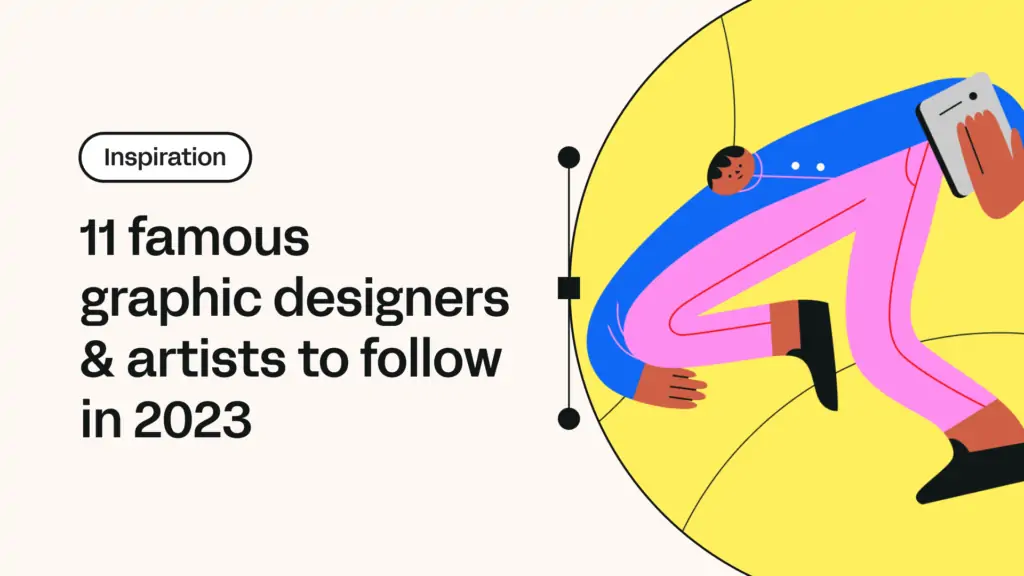
Typography Inspired by Nature: Mimicking Nature’s Fluidity in Typeface
Typography, a fundamental element of graphic design, finds inspiration in the organic shapes and fluidity inherent in nature. Typeface designs that mimic the curvature of leaves, the flow of water, or the branches of trees add a unique touch to New-age graphic design. This approach not only enhances the visual appeal but also establishes a visual link to the organic elements found in the natural world.
Eco-friendly Design Practices: Nurturing Sustainability in Creation
Nature-inspired design goes beyond aesthetics; it extends to the very fabric of design creation. Contemporary graphic designers are adopting eco-friendly practices in material selection, printing techniques, and waste reduction. The choice of sustainable and recycled materials for printed materials, coupled with eco-friendly printing processes, contributes to a more environmentally conscious approach. This holistic integration of nature’s principles into the design process reflects a commitment to sustainable design practices.
Cultural and Symbolic Connections: Infusing Depth and Meaning
Nature often carries cultural and symbolic significance. Graphic designers are incorporating symbols or elements with cultural meanings into their creations, fostering a connection with diverse audiences. This approach adds layers of depth and meaning to the design, creating a narrative that goes beyond aesthetics. By tapping into the cultural significance of nature, designers craft designs that resonate on a personal and cultural level.
“Accessibility isn’t an afterthought; it’s an essential part of good design. Inclusive design isn’t just about checking boxes; it’s about creating experiences that are welcoming and engaging for everyone. This translates to a wider reach, stronger brand identity, and a more positive impact on the world.”
– Tobias Frere-Jones, Type Designer & Partner
In conclusion, the alliance between contemporary graphic design and nature-inspired creativity is a symbiotic dance, weaving together aesthetics, meaning, and sustainability. The infusion of nature’s palette, organic shapes, and sustainable messaging elevates graphic design to a realm where visual appeal meets environmental consciousness. Through this creative fusion, designers not only captivate the audience but also contribute to a deeper connection with the world around us. Nature-inspired design is more than a trend; it’s a testament to the enduring beauty and timeless inspiration found in the natural world. As we navigate the future of graphic design, let nature be our guide, shaping designs that are not only visually stunning but also environmentally responsible, fostering a harmonious coexistence between creativity and the world we call home.



